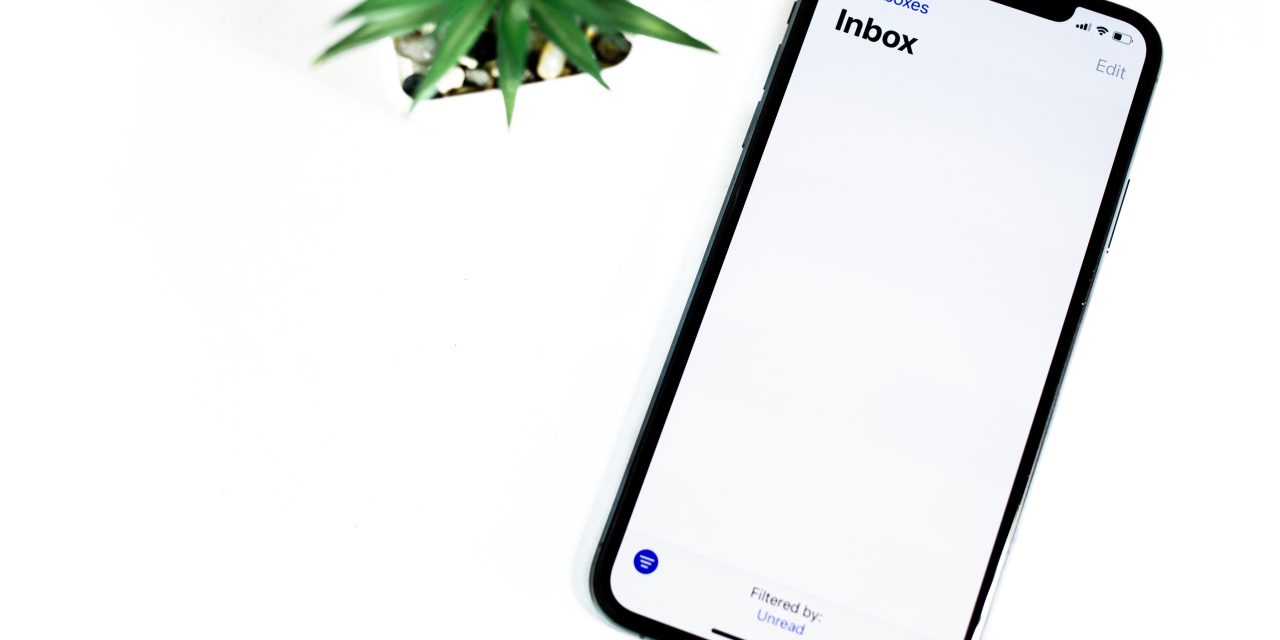Sending personal e-mails with short subject lines, concise messages and bullet points should be part of a strategy for marketing your business.
Lately, there has been an abundance of online space dedicated to just how important e-mail marketing has become. I doubt readers question that importance, in fact, many of you are already heavily involved in email marketing. There’s far more information available about the importance and procedures of e-mail marketing than fits in this column. What I want to share here are some thoughts and suggestions for your personal business e-mails.
You certainly have your own e-mail horror stories to share. There’s that message to a fellow employee followed by a conversation a day later that is met with the proverbial deer-in-the-headlights look. How about that e-mail to a prospect asking for an appointment and a month later is returned, “It’s been really crazy busy.” You know the ones I mean.
So, what can we do about being more effective with our personal business e-mails?
Here are a few thoughts on what I believe really makes a difference in getting response to your emails: you want:
- Ask three marketers when’s the best time of day to send an e-mail and you might get three different answers. In my world I’ll give you a window between 10 and 4 of the business day. Entirely too many promotional and social e-mails are waiting for me the first thing in the morning. Unless it’s someone I recognize there’s a good chance it will get minimal attention. Usually that means it keeps sliding down the inbox as my day begins to unfold.
Related: 5 Tips for Writing Prospecting Emails that Get Replies
- Get to the point by including your call to action very early in your e-mails. Do not be afraid to tell them what you want in the opening sentence, or even on the subject line. Being entirely too wordy is my biggest challenge.
- Keep your subject lines short. According to an Adestra Report, subject lines with 10 or fewer characters enjoyed an open rate of 38 percent.
- I still receive e-mails that close by suggesting I call at my convenience. I’m to call YOU and hear a sales pitch – Really?
Back in the day, a direct marketing mentor of mine used to close business correspondence by saying, “I’ll call Thursday (presuming you’ll be in) at 3:30.” I’ve modified it slightly, but still close e-mails with “I’ll reach out to you Thursday, April 23 at 3:30. I hope you’re able to take my call.” I put the responsibility on me to connect. I’m not asking the recipient to do anything. - In the previous example, if you get voicemail on the follow-up telephone call, acknowledge this must not have been a good time. Proceed with setting another time that you’ll call. On the morning of the call, send an e-mail reminding the recipient of your scheduled call. After the third attempt, find someone else in the company to approach.
- I really like sound bullet points in e-mails. I use them and I read them when I’m on the receiving end. Suppliers, when you’re prospecting or following up, bullet points provide a great opportunity to summarize “why an operator should do business with you.”
- Personal business e-mails are just that, personal. One size does not fit all and neither does your message. So, why do we sign off with the same signature? Consider having a few different ones. A signature may only show your LinkedIn or Facebook graphics and links. Another signature might include a YouTube link. Think of the customers and segments they represent and develop the appropriate signatures.
In summary, send business e-mails during the business day, keep it short and to the point, use bullet points, keep it personal and take the onus off connecting. Of course, if you’re crazy busy–and we all are–please don’t wait a month to say so.
−By Dave Bodle, Associate Publisher, Leisure Group Travel







